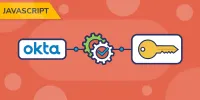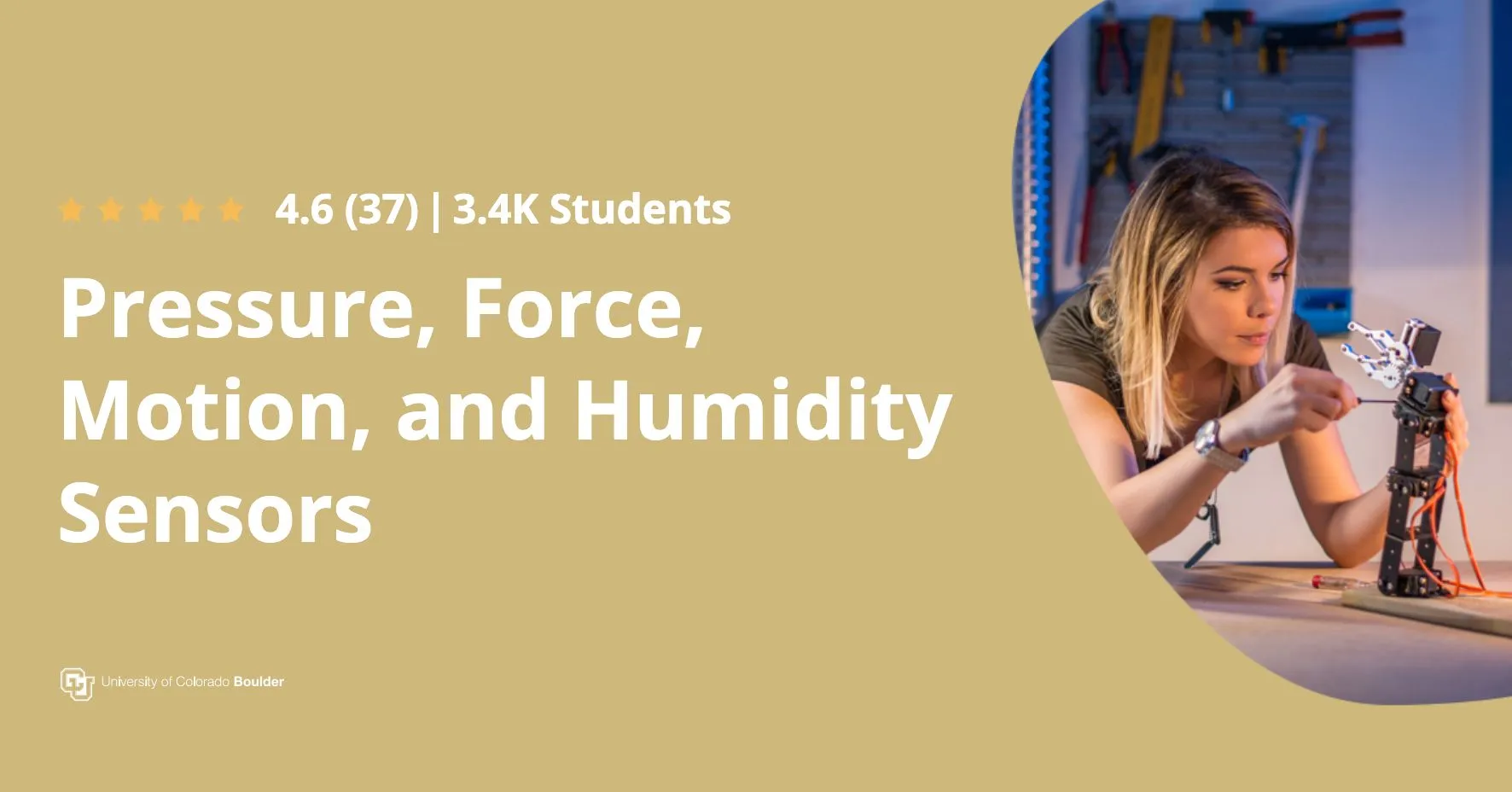
Embedded Software and Hardware Architecture 
This course provides an introduction to embedded software and hardware architecture, exploring the fundamentals of writing software to interact with embedded hardware. Students will gain a comprehensive understanding of the architecture and its applications. ▼
ADVERTISEMENT
Course Feature
![]() Cost:
Cost:
Free
![]() Provider:
Provider:
Coursera
![]() Certificate:
Certificate:
Paid Certification
![]() Language:
Language:
English
![]() Start Date:
Start Date:
Self Paced
Course Overview
❗The content presented here is sourced directly from Coursera platform. For comprehensive course details, including enrollment information, simply click on the 'Go to class' link on our website.
Updated in [March 06th, 2023]
This course, Embedded Software and Hardware Architecture, provides an introduction to embedded architectures and writing software to manipulate hardware. Students will gain experience writing low-level firmware to directly interface hardware with highly efficient, readable and portable design practices. The course will transition from the Host Linux Machine, where students build and run code in a simulated environment, to an Integrated Development Environment, where they will build and install code directly on an ARM Cortex-M4 Microcontroller.
[Applications]
After completing this course, students will be able to apply their knowledge of embedded software and hardware architecture to develop and deploy embedded systems. They will be able to write low-level firmware to directly interface hardware, as well as design highly efficient, readable, and portable code. Additionally, they will be able to use an Integrated Development Environment to build and install code on an ARM Cortex-M4 Microcontroller.
[Career Paths]
1. Embedded Software Engineer: Embedded Software Engineers are responsible for developing and maintaining software for embedded systems. They design, develop, test, and debug software for embedded systems, such as microcontrollers, digital signal processors, and other embedded systems. They also develop software for embedded systems that control hardware, such as sensors, motors, and other devices. The demand for embedded software engineers is increasing as more and more devices are being connected to the internet.
2. Embedded Hardware Engineer: Embedded Hardware Engineers are responsible for designing and developing hardware for embedded systems. They design, develop, test, and debug hardware for embedded systems, such as microcontrollers, digital signal processors, and other embedded systems. They also develop hardware for embedded systems that control hardware, such as sensors, motors, and other devices. The demand for embedded hardware engineers is increasing as more and more devices are being connected to the internet.
3. Embedded Systems Architect: Embedded Systems Architects are responsible for designing and developing architectures for embedded systems. They design, develop, test, and debug architectures for embedded systems, such as microcontrollers, digital signal processors, and other embedded systems. They also develop architectures for embedded systems that control hardware, such as sensors, motors, and other devices. The demand for embedded systems architects is increasing as more and more devices are being connected to the internet.
4. Embedded Systems Developer: Embedded Systems Developers are responsible for developing and maintaining software and hardware for embedded systems. They design, develop, test, and debug software and hardware for embedded systems, such as microcontrollers, digital signal processors, and other embedded systems. They also develop software and hardware for embedded systems that control hardware, such as sensors, motors, and other devices. The demand for embedded systems developers is increasing as more and more devices are being connected to the internet.
[Education Paths]
1. Bachelor of Science in Computer Engineering: This degree program focuses on the design and development of computer hardware and software systems. Students learn about the fundamentals of computer engineering, including digital logic, computer architecture, embedded systems, and computer networks. They also gain experience in programming languages, software engineering, and computer system design. This degree is ideal for those interested in developing and designing embedded systems and hardware architectures.
2. Master of Science in Embedded Systems: This degree program focuses on the design and development of embedded systems. Students learn about the fundamentals of embedded systems, including embedded software, hardware, and networking. They also gain experience in programming languages, software engineering, and embedded system design. This degree is ideal for those interested in developing and designing embedded systems and hardware architectures.
3. Master of Science in Computer Science: This degree program focuses on the design and development of computer systems. Students learn about the fundamentals of computer science, including algorithms, data structures, and computer networks. They also gain experience in programming languages, software engineering, and computer system design. This degree is ideal for those interested in developing and designing embedded systems and hardware architectures.
4. Doctor of Philosophy in Computer Engineering: This degree program focuses on the design and development of computer hardware and software systems. Students learn about the fundamentals of computer engineering, including digital logic, computer architecture, embedded systems, and computer networks. They also gain experience in programming languages, software engineering, and computer system design. This degree is ideal for those interested in developing and designing embedded systems and hardware architectures.
The development trends for these degree paths are focused on the use of artificial intelligence, machine learning, and the Internet of Things (IoT). As technology advances, embedded systems and hardware architectures are becoming increasingly complex and require more sophisticated programming and design techniques. As a result, students pursuing these degree paths must be prepared to learn and apply the latest technologies in order to stay ahead of the curve.
Pros & Cons

Good instruction and building of concepts.

Highly efficient, readable and portable design practices.

Perfect for beginners and intermediate level.

No practical assignments.

Misleading course info.

Expensive for the value.
Course Provider

Provider Coursera's Stats at AZClass
Discussion and Reviews
0.0 (Based on 0 reviews)
Explore Similar Online Courses

Authenticating Application Users with Okta in JavaScript

Bash Scripting Linux and Shell Programming Complete Guide

Python for Informatics: Exploring Information

Social Network Analysis

Introduction to Systematic Review and Meta-Analysis

The Analytics Edge

DCO042 - Python For Informatics

Causal Diagrams: Draw Your Assumptions Before Your Conclusions

Whole genome sequencing of bacterial genomes - tools and applications

Pressure Force Motion and Humidity Sensors

Appliance Testing Fundamentals


Start your review of Embedded Software and Hardware Architecture